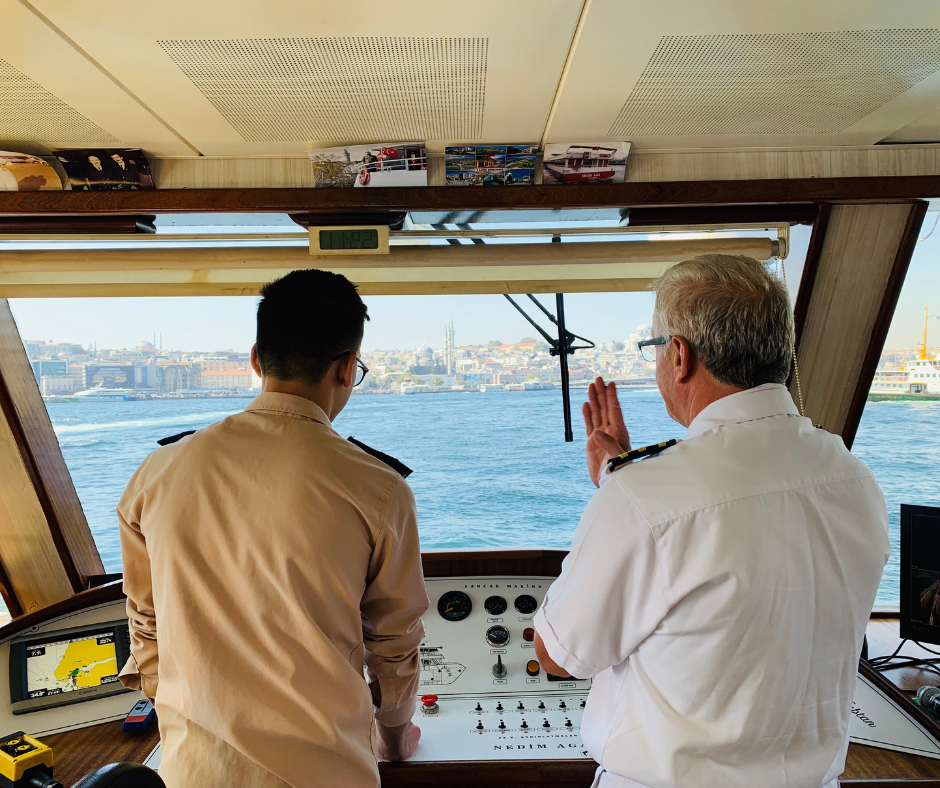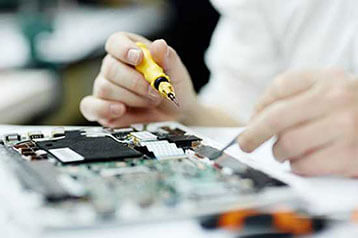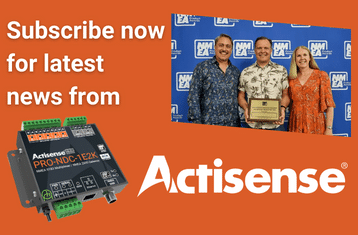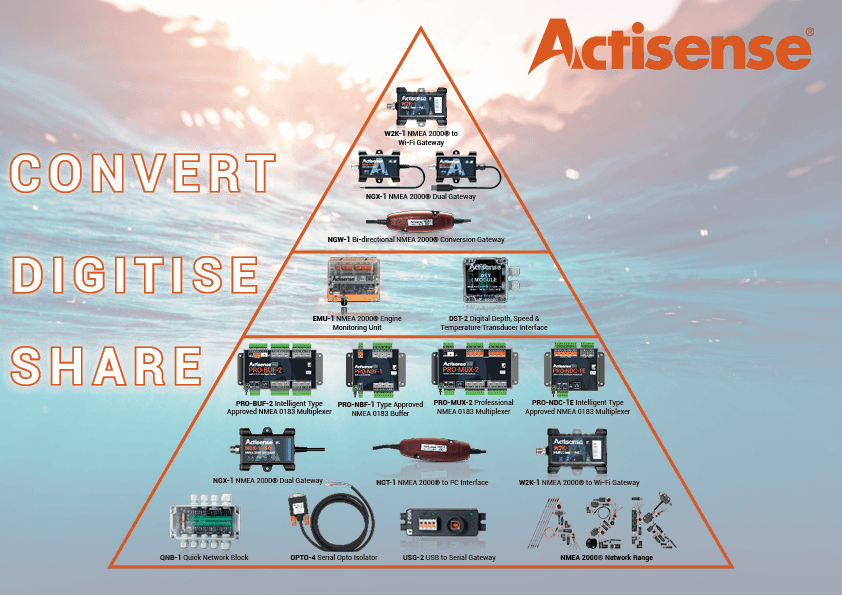No, only the RS232 (PC) input is isolated from the NMEA 0183 Talker. An NMEA 0183 Listener connected to the RS232 (PC) output must have an isolated input. For bi-directional isolation, two OPTO-4 cables can be connected back to back...
Read More
Isolation is provided between the NMEA Talker ground and the Listeners RS232 ground...
Read More
The OPTO-4 cable converts the RS422 / RS485 (NMEA) voltage levels to RS232 (PC) voltage levels. Any data type can be transferred by the OPTO-4 using these voltage levels...
Read More
The NMEA 0183 specification, from version 2 and higher, requires devices to be isolated on their input lines. The OPTO-4 allows an RS232 input connection to meet these NMEA 0183 Listener specifications...
Read More
No, it takes power from the RS232 handshaking lines. Please note that this requires the RS232 port to have these handshaking lines both connected and enabled. Most full RS232 ports (provided through DB9 connectors) on PC’s will comply...
Read More
This is a very open-ended answer because, as the Actisense Active DST Module’s software can be updated, the list of special features can be extended or modified when required – by Actisense, or a particular customer...
Read More
The Actisense Active DST Module was designed as the perfect solution to...
Read More
If you have already purchased an NDC-4, Actisense offers a ‘USB kit’ that can convert the standard NDC-4 into an NDC-4-USB. Please contact Actisense or your nearest distributor for pricing and availability of the ‘USB kit’...
Read More
By default, the Actisense NDC-4 uses the NMEA 0183 default communication speed of 4800 Baud (bits per second) for all of its NMEA input ports...
Read More
The Actisense NDC-4 have many useful features, among which is the ability to prioritise their input ports. The usefulness of this feature becomes apparent when the NMEA network is running over 50% loading/capacity (most setups). At this point...
Read More




